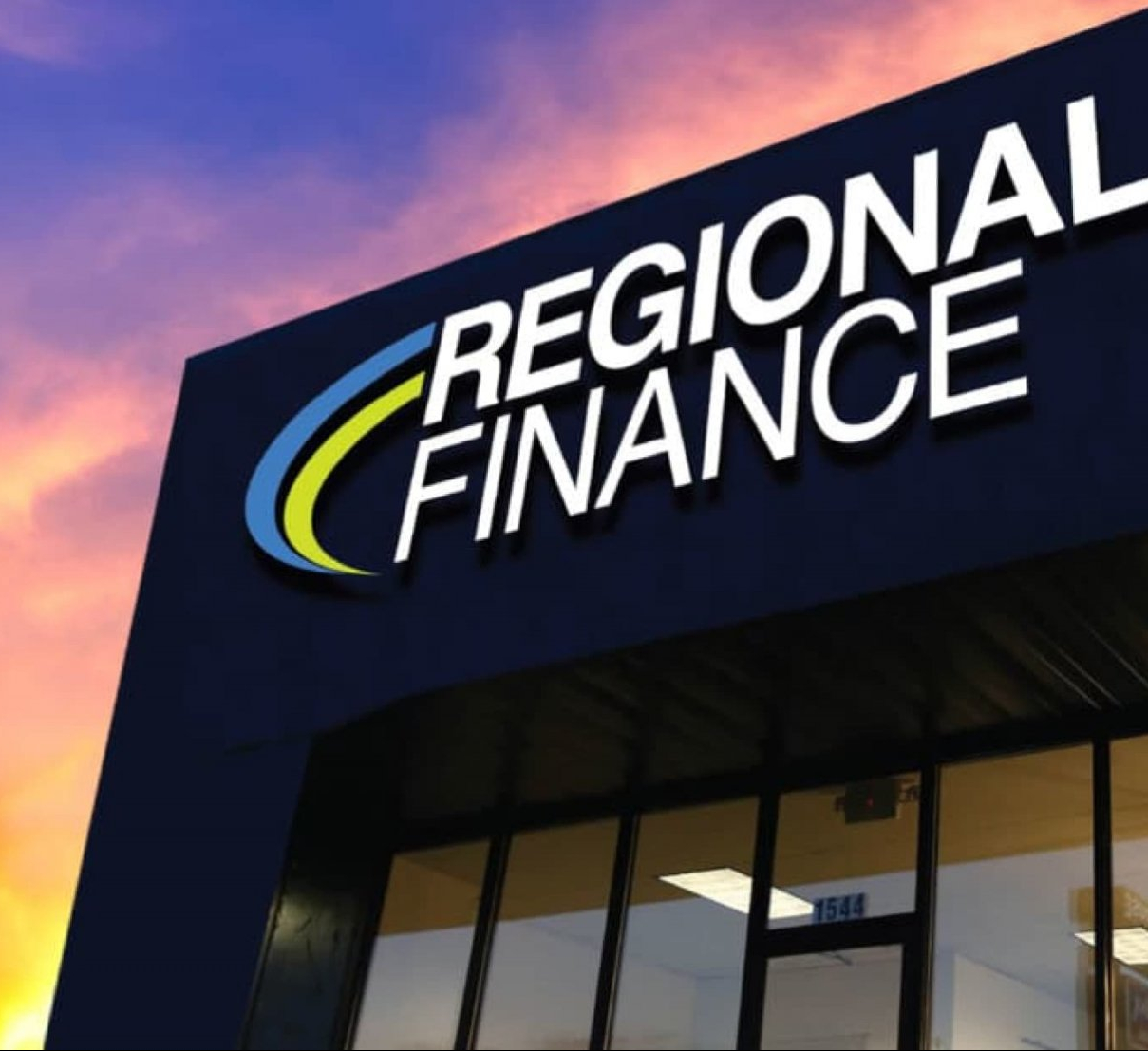Absolutely. Let’s delve into the intricacies of regional finance in El Paso, Texas, exploring its unique economic landscape and the factors that shape its financial health.
El Paso, Texas, a city nestled on the westernmost tip of the state, shares a rich history and vibrant culture with its Mexican neighbor, Ciudad Juárez. This unique geographical position, along the U.S.-Mexico border, profoundly influences El Paso’s regional finance, creating both opportunities and challenges. Understanding the dynamics of this border economy is crucial to grasping the financial pulse of the region.
The Intertwined Economies of El Paso and Ciudad Juárez

El Paso’s economy is inextricably linked to that of Ciudad Juárez. The flow of goods, services, and people across the border creates a complex economic ecosystem. This interdependence has shaped El Paso’s financial landscape in several key ways:
Manufacturing and Trade: The Backbone of the Border
The maquiladora industry, with its manufacturing plants located primarily in Ciudad Juárez, has historically been a significant driver of economic activity. These plants, which often assemble goods for export to the United States, provide employment and generate income for both sides of the border.
The Impact of Border Security and Immigration Policies
Changes in border security and immigration policies can have immediate and significant ripple effects on El Paso’s economy. Increased border security measures can lead to delays in cross-border traffic, impacting trade and tourism.
Diversification and Economic Resilience
While the border economy remains a crucial component of El Paso’s financial landscape, the city has also made strides in diversifying its economic base. This diversification is essential for building resilience against fluctuations in the border economy.
Fort Bliss and the Military’s Economic Contribution

Fort Bliss, a major U.S. Army installation located in El Paso, is a significant economic driver. The base provides employment for thousands of military personnel and civilians, and its presence generates substantial spending in the local economy.
Healthcare and Education: Growing Sectors
Healthcare and education are rapidly growing sectors in El Paso. The city is home to several major hospitals and healthcare facilities, as well as the University of Texas at El Paso (UTEP).
The Rise of Logistics and Transportation
El Paso’s strategic location along major transportation routes has made it a hub for logistics and transportation. The city’s proximity to the border and its access to interstate highways and rail lines make it an ideal location for distribution and warehousing.
Challenges and Opportunities in Regional Finance
El Paso faces a unique set of challenges and opportunities in its regional finance. Addressing these challenges and capitalizing on the opportunities will be crucial for the city’s long-term economic prosperity.
Poverty and Income Inequality

El Paso faces challenges related to poverty and income inequality. The city’s proximity to the border and its history of economic dependence on the maquiladora industry have contributed to these issues.
Infrastructure Development
Investing in infrastructure development is essential for supporting economic growth in El Paso. This includes improvements to transportation infrastructure, such as roads, bridges, and ports of entry.
Attracting and Retaining Talent
Attracting and retaining a skilled workforce is essential for El Paso’s economic competitiveness. This requires investments in education and training programs, as well as efforts to create a vibrant and attractive community.
Cross-Border Collaboration
Strengthening cross-border collaboration with Ciudad Juárez is essential for maximizing the economic potential of the region. This includes cooperation on issues such as trade, transportation, and infrastructure development.
The Future of El Paso’s Regional Finance
El Paso’s future as a regional financial hub hinges on its ability to navigate the complexities of the border economy, diversify its economic base, and address its unique challenges.
Investing in Education and Workforce Development
Promoting Innovation and Entrepreneurship
Enhancing Regional Cooperation
Adapting to Global Economic Trends
El Paso’s regional finance is a dynamic and evolving landscape. By understanding the unique challenges and opportunities of the border economy, diversifying its economic base, and investing in its future, El Paso can continue to thrive as a vital economic hub in the Southwest.
